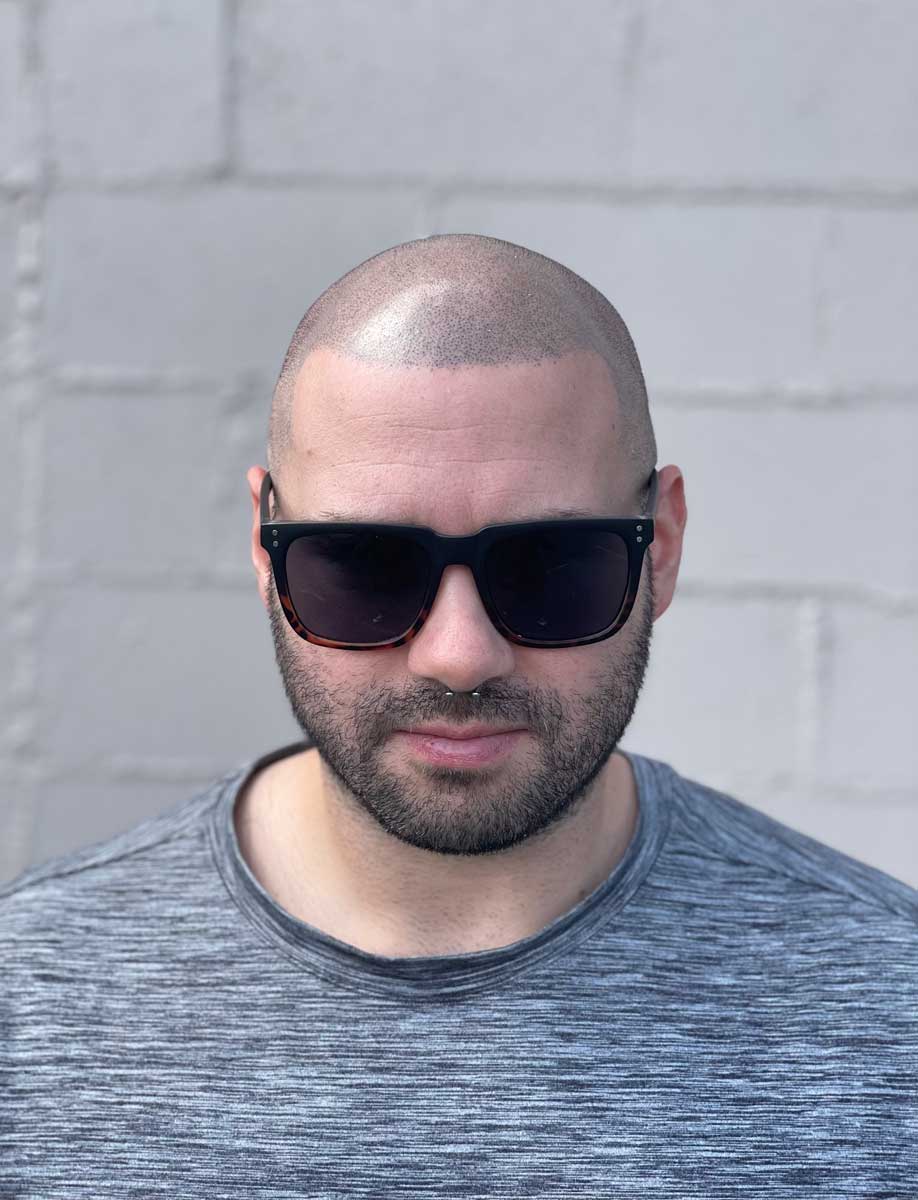Scalp micropigmentation (SMP) is a popular hair loss solution that involves the application of tiny pigment dots to the scalp to create the illusion of a closely shaved head or fuller hair. It is a non-surgical procedure that has gained significant popularity among individuals experiencing various degrees of hair loss. While SMP provides immediate results and the appearance of a full head of hair, many people wonder if they can grow their hair out after undergoing the procedure. In this article, we will explore the possibilities and considerations when it comes to growing out your hair after scalp micropigmentation.
To understand the potential for hair growth after SMP, it is essential to know how the procedure works. During scalp micropigmentation, a technician or specialist uses a fine needle to inject pigments into the upper layer of the scalp. These pigments match the color of your existing hair or desired hair shade. The dots are strategically placed to create the illusion of hair follicles, giving the appearance of a shaved head or denser hair.
One of the advantages of scalp micropigmentation is that it is compatible with hair of any length. Whether you have a shaved head, a buzz cut, or a longer hairstyle, SMP can be tailored to match your desired look. However, when it comes to growing your hair out after the procedure, there are a few factors to consider.
- Pigment Color and Fade: Over time, the pigments used in scalp micropigmentation may fade slightly, especially if they were initially matched to closely shaved hair. As your hair grows, the contrast between the pigment dots and your natural hair color may become more apparent. To minimize this contrast, it is important to choose a pigment shade that matches the color of your hair as it grows out.
- Blending with Natural Hair: As your hair grows, it will gradually cover the pigmented areas. The length of time it takes for your hair to grow out and blend with the pigmented dots will depend on your hair’s growth rate. For some individuals, it may take a few weeks, while for others, it may take a few months. During this transition phase, it is important to be patient and allow your hair to reach a sufficient length to achieve the desired blending effect.
- Maintenance and Touch-Ups: To maintain the best results, regular maintenance and touch-up sessions may be required. These sessions involve refreshing the pigments and ensuring they continue to match the color and density of your growing hair. Your technician or specialist can provide guidance on the appropriate timing for touch-ups based on your hair growth and personal preferences.
It is crucial to note that scalp micropigmentation does not stimulate hair growth. SMP is purely a cosmetic procedure that creates the illusion of hair on the scalp. If you are experiencing hair loss or thinning, SMP can be a viable solution to restore the appearance of a fuller head of hair. However, if your goal is to grow your natural hair back, it is important to explore other hair restoration options such as medications, laser therapy, or hair transplant procedures.
In conclusion, it is possible to grow your hair out after scalp micropigmentation. However, it is important to consider the pigments’ color and fading, the blending process with your natural hair, and the need for regular maintenance and touch-up sessions. By working closely with your SMP technician or specialist, you can achieve a seamless transition as your hair grows, ensuring that your scalp micropigmentation continues to enhance your desired hairstyle.
